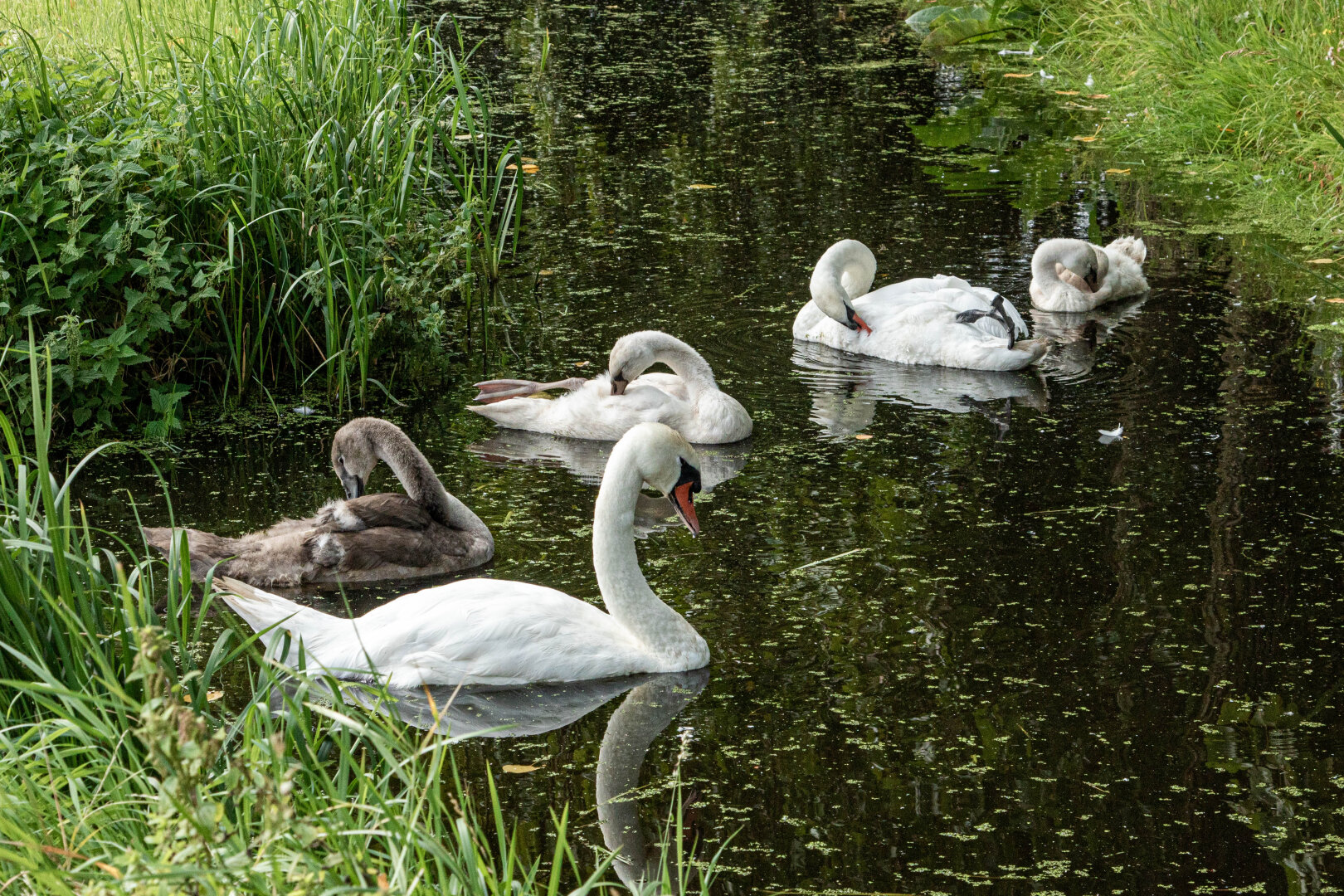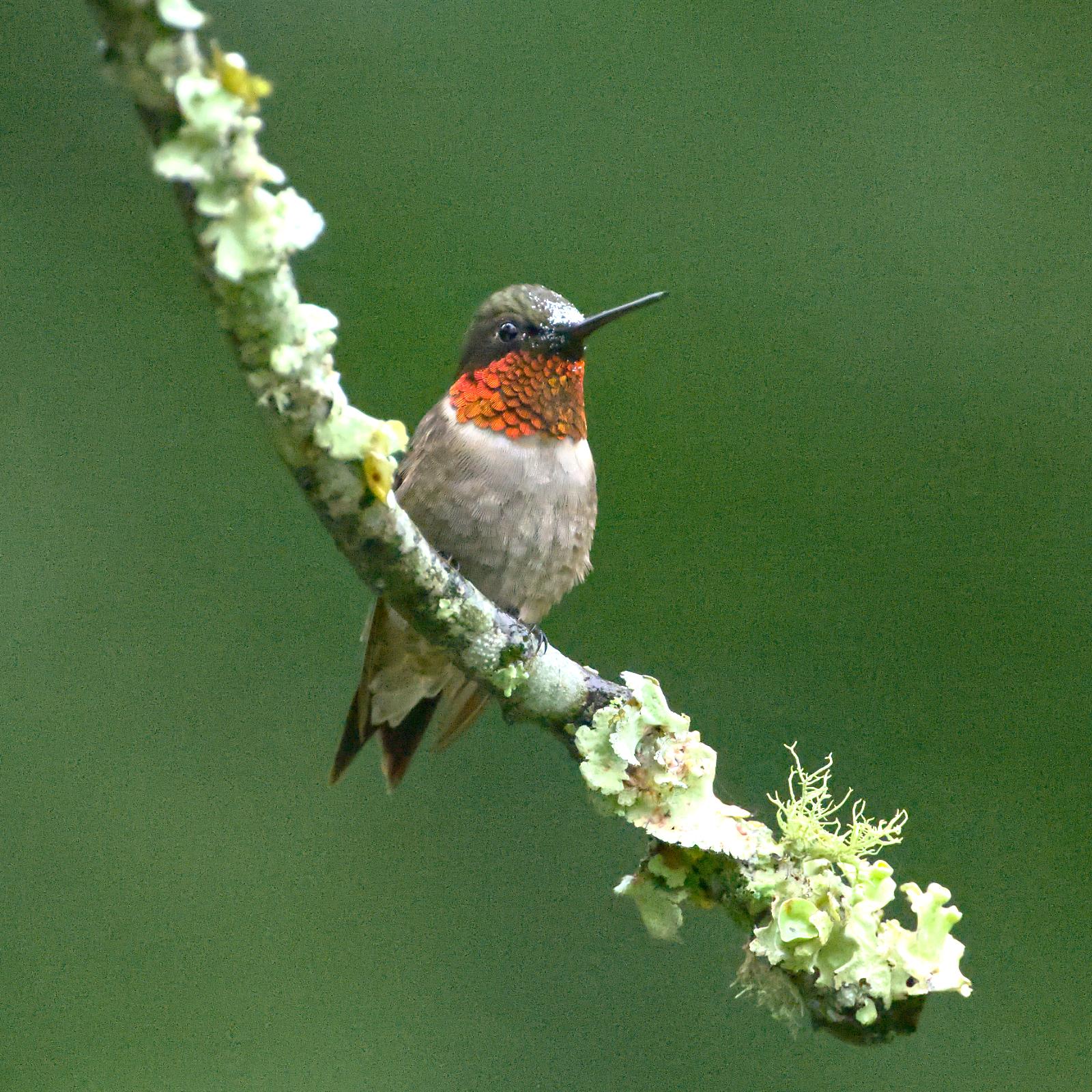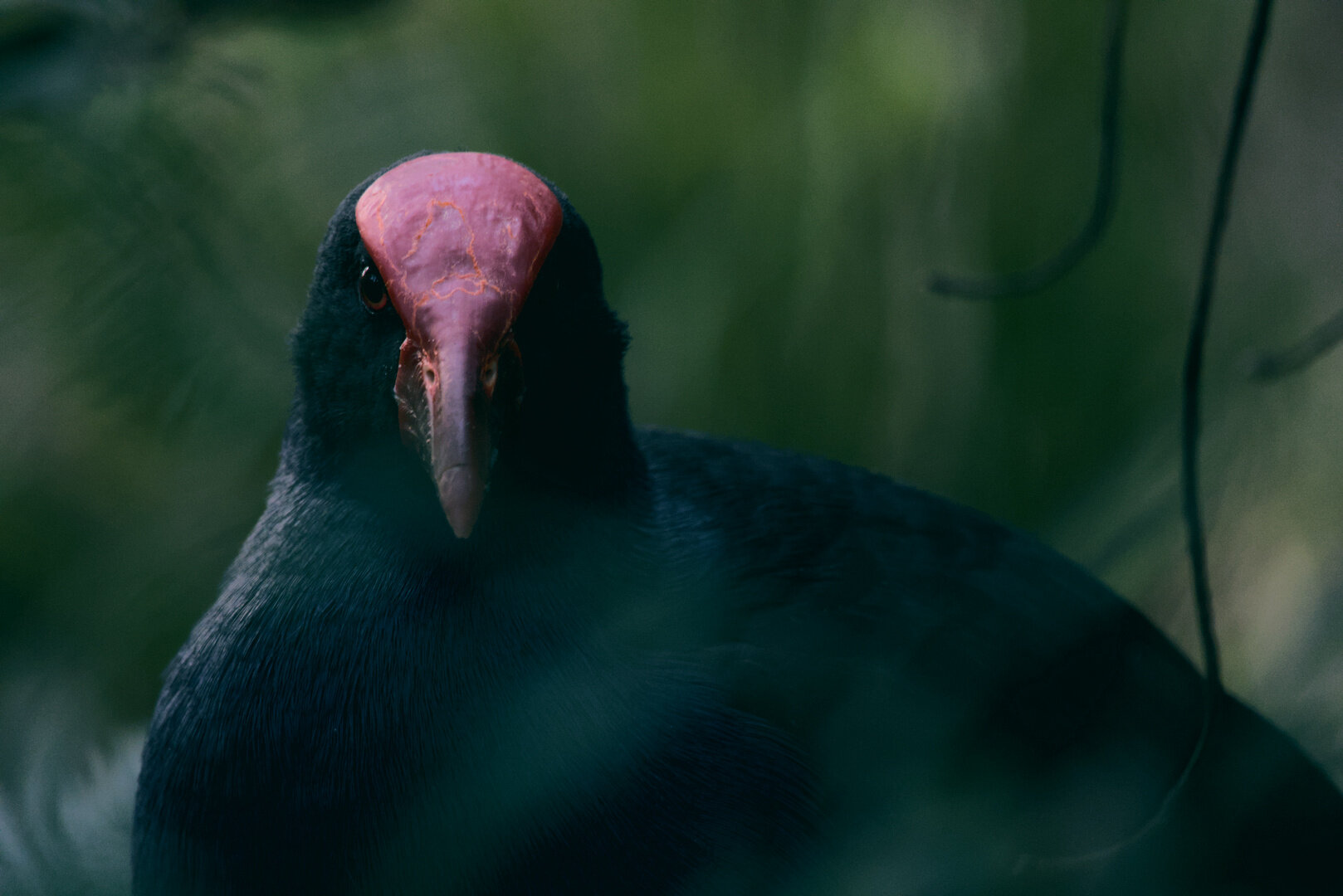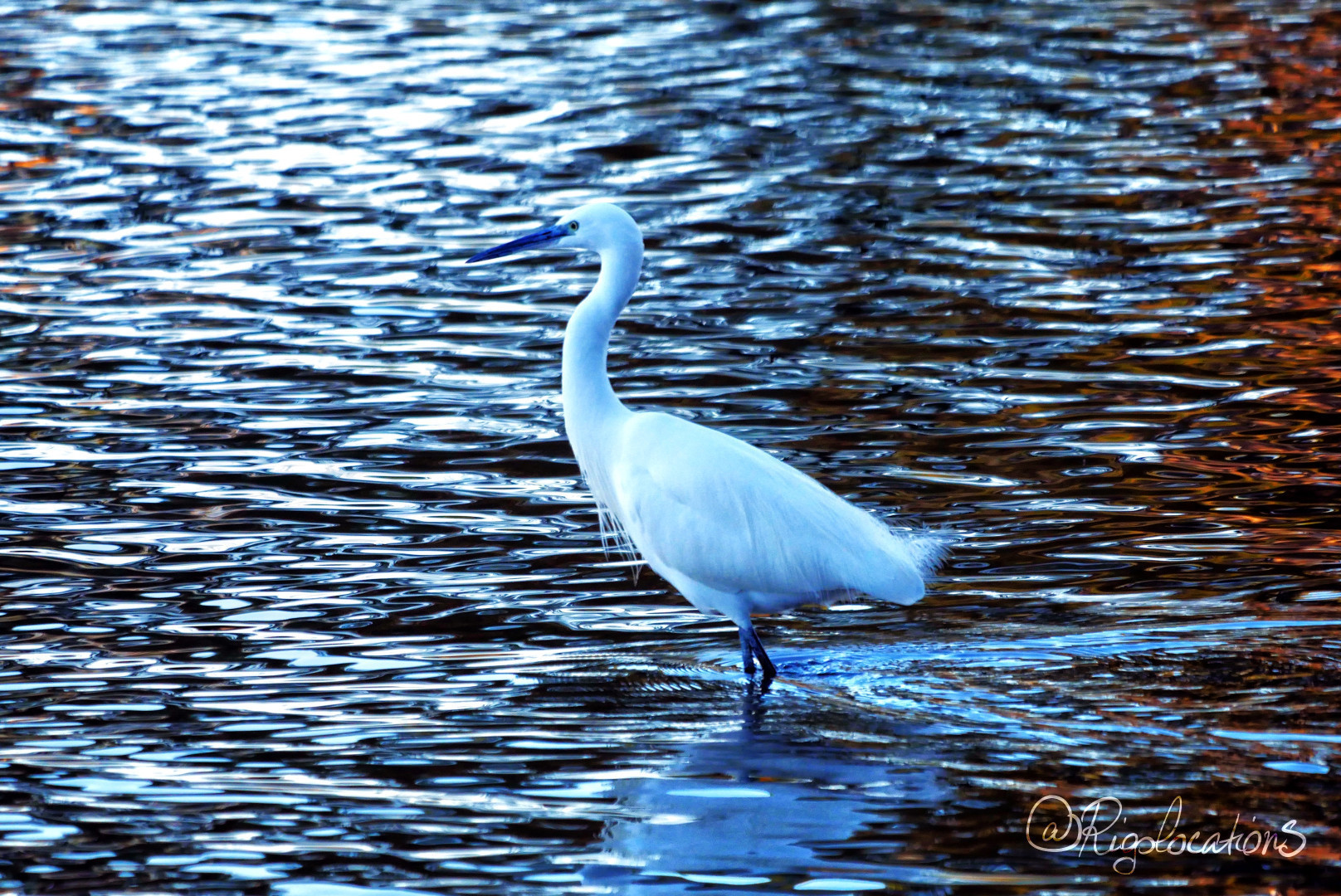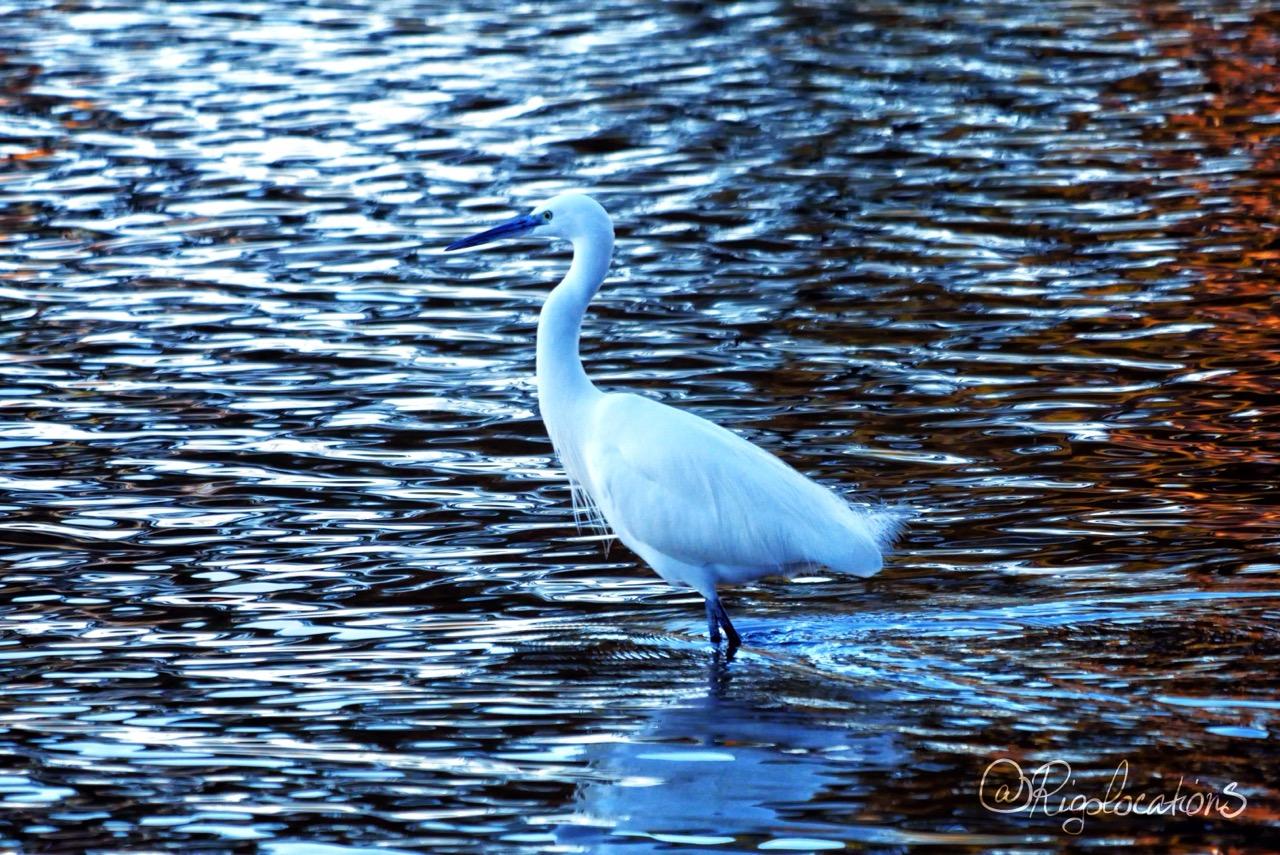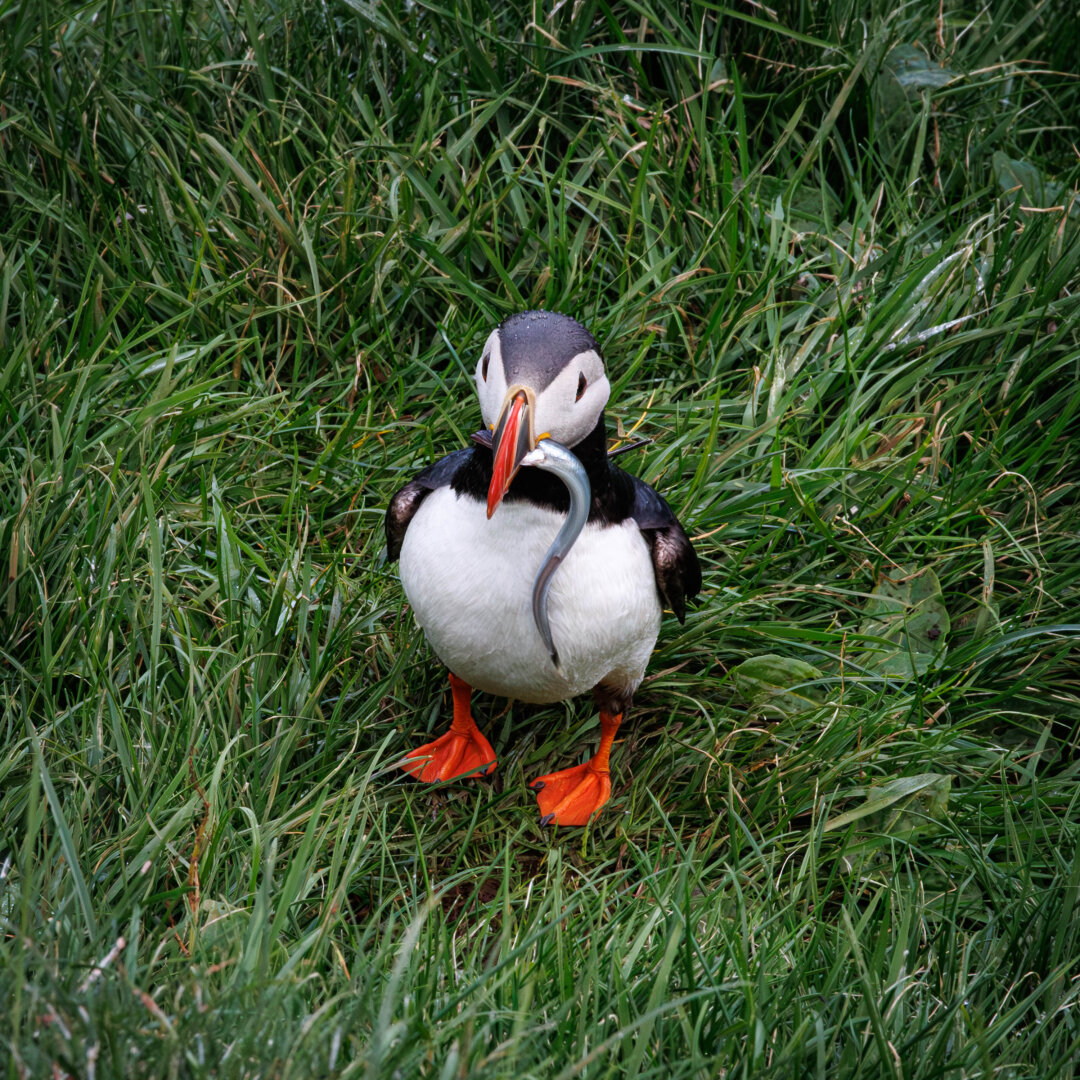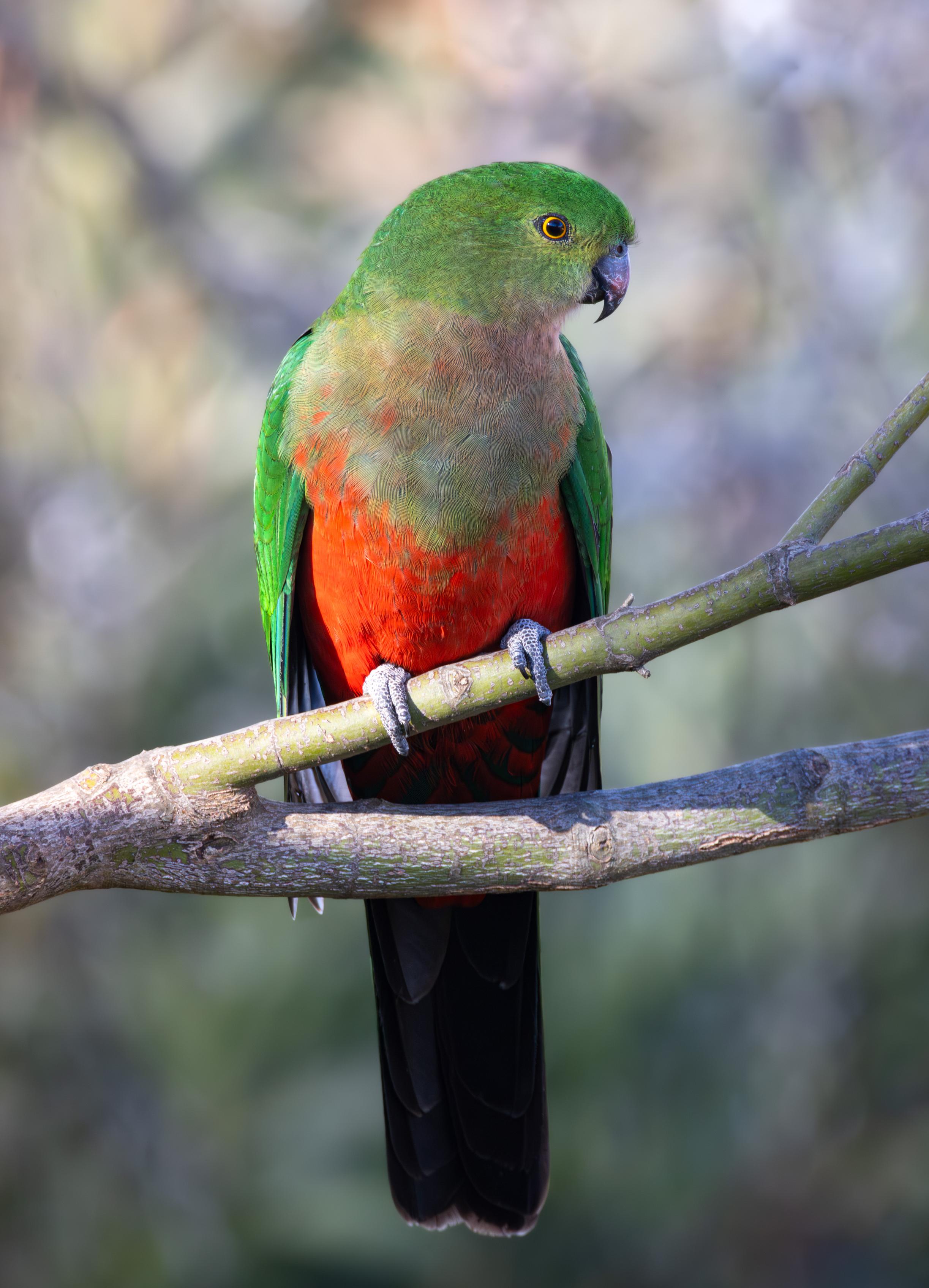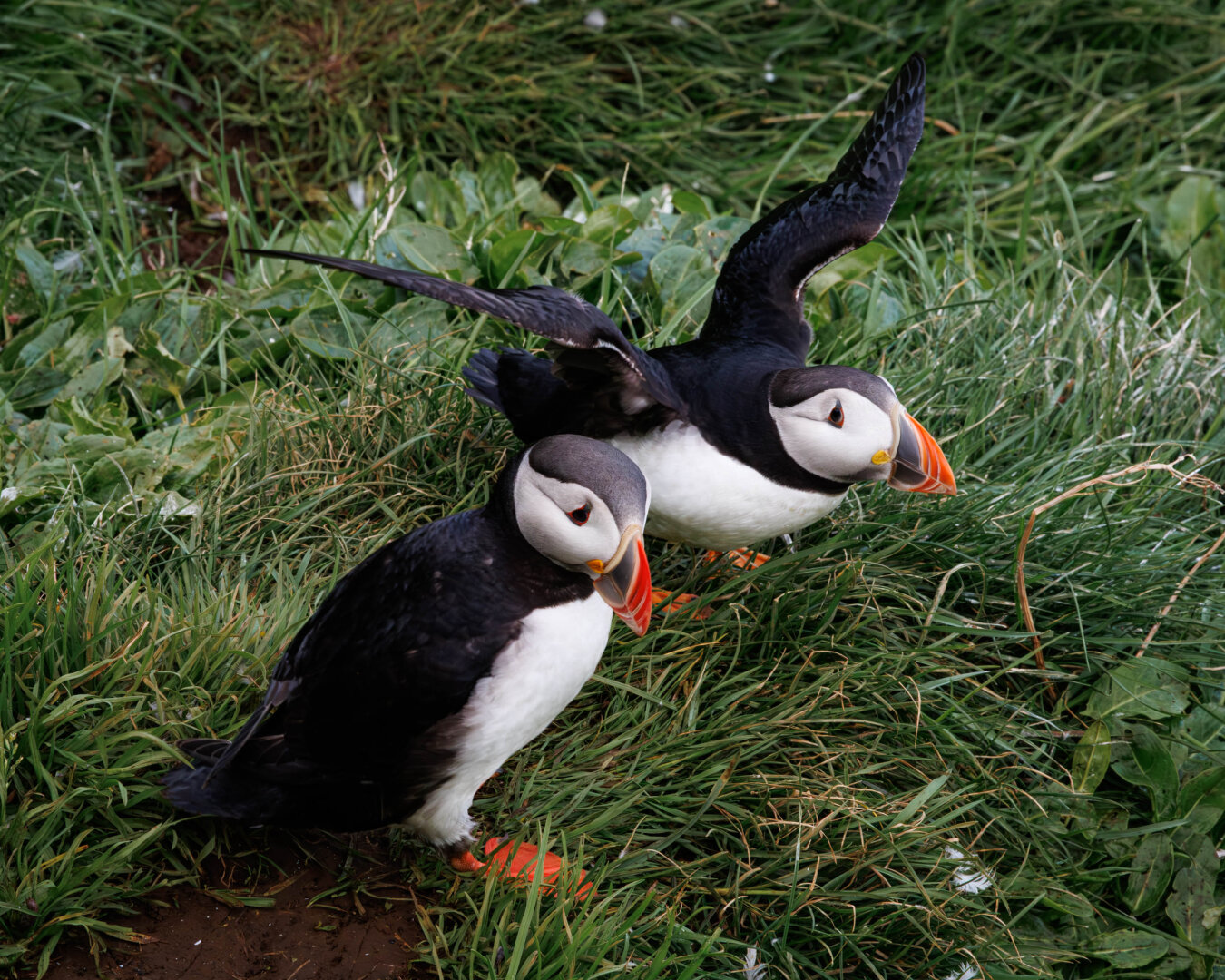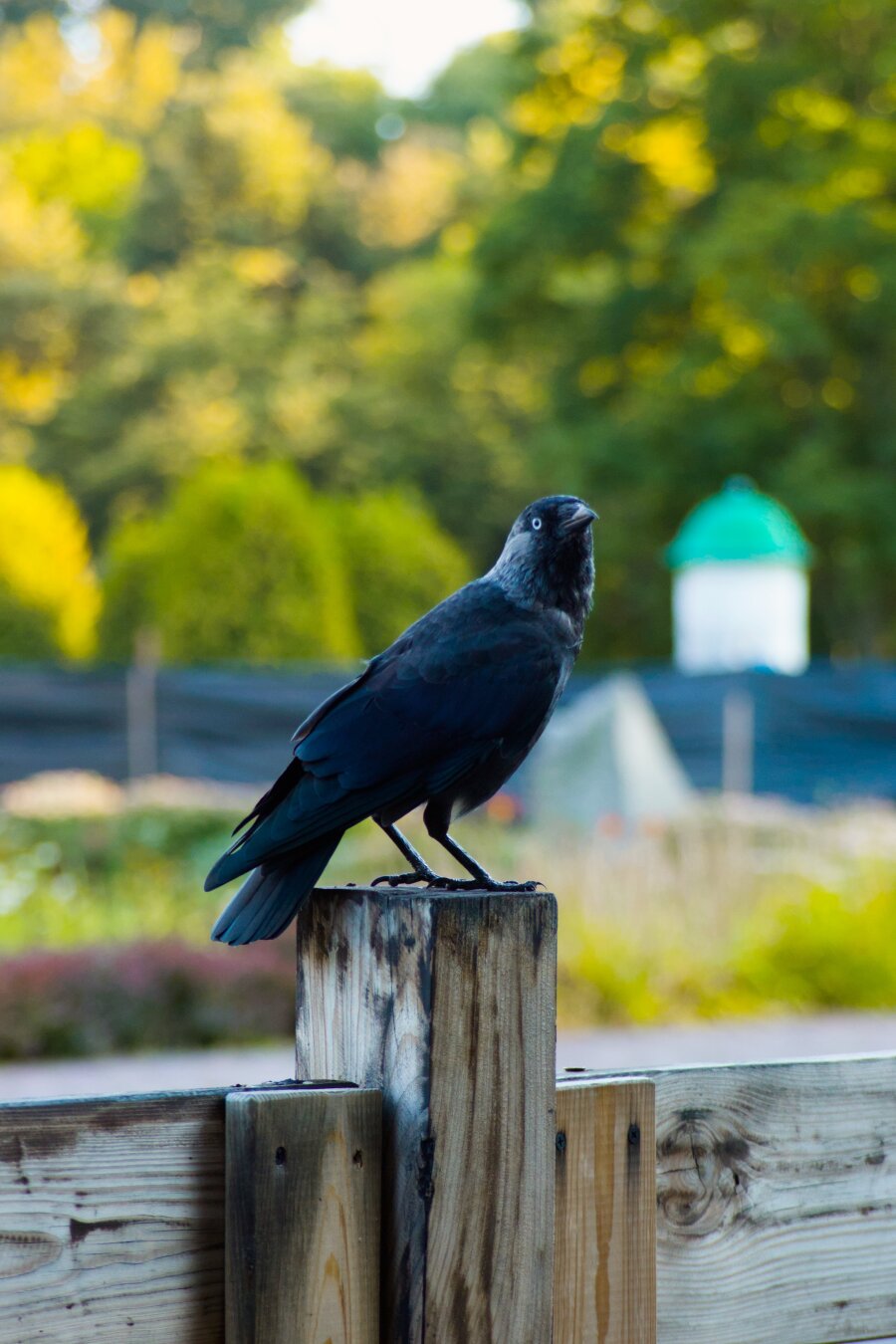During a bike ride, I saw this family of swan. The father swan is protecting his wife and children, who are busy cleaning themselves. The mother sets a good example, and the children follow closely. #swan #nature #naturephotography #photography #waterbirds #swans #thenetherlands #nederland #bird #birds #birdPhotography #birdsOfMastodon
National Hummingbird Day.
#hummingbird #birds #nature #bird #hummingbirds #birdsofinstagram #birdphotography #naturephotography #hummingbirdsofinstagram #art #wildlife #colibri #birdwatching #wildlifephotography #hummingbirdphotography #photography #birding #best #hummingbirdtattoo #of #hummingbirdlover #ig #perfection #flowers #colibr #birdlovers #tattoo #rubythroatedhummingbird #hummingbirdart #naturelovers National Hummingbird Day is celebrated today. Hummingbird is…
https://itsmostamazingindia.wordpress.com/2025/09/06/national-hummingbird-day/
Some #photos from my husband's mid day Friday walk beside the River Tay in West Ferry, #Dundee, #Scotland. #BroughtyFerry#Photography#Birds#Birding#BirdPhotography#BirdsOfMastodon
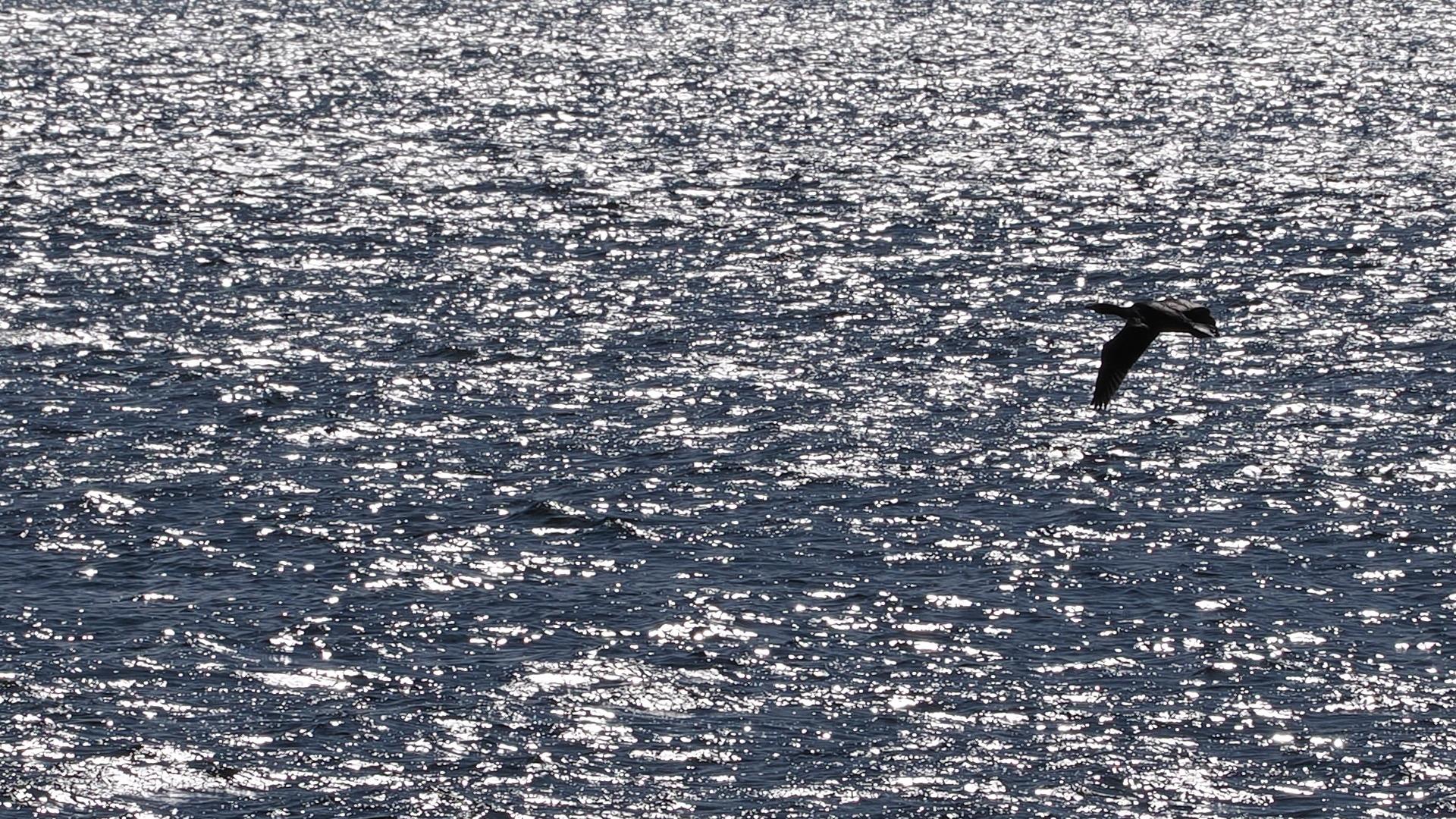
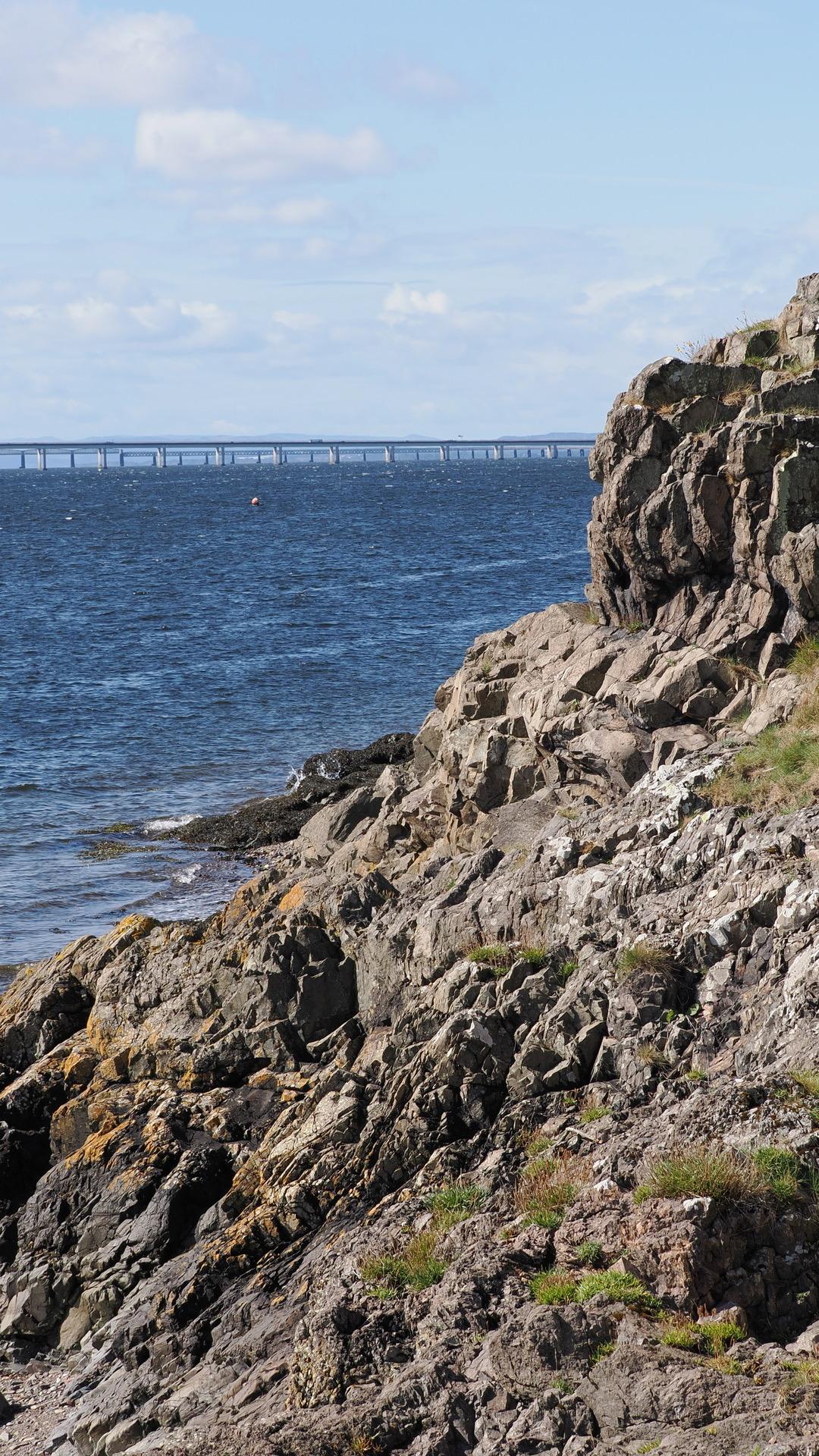
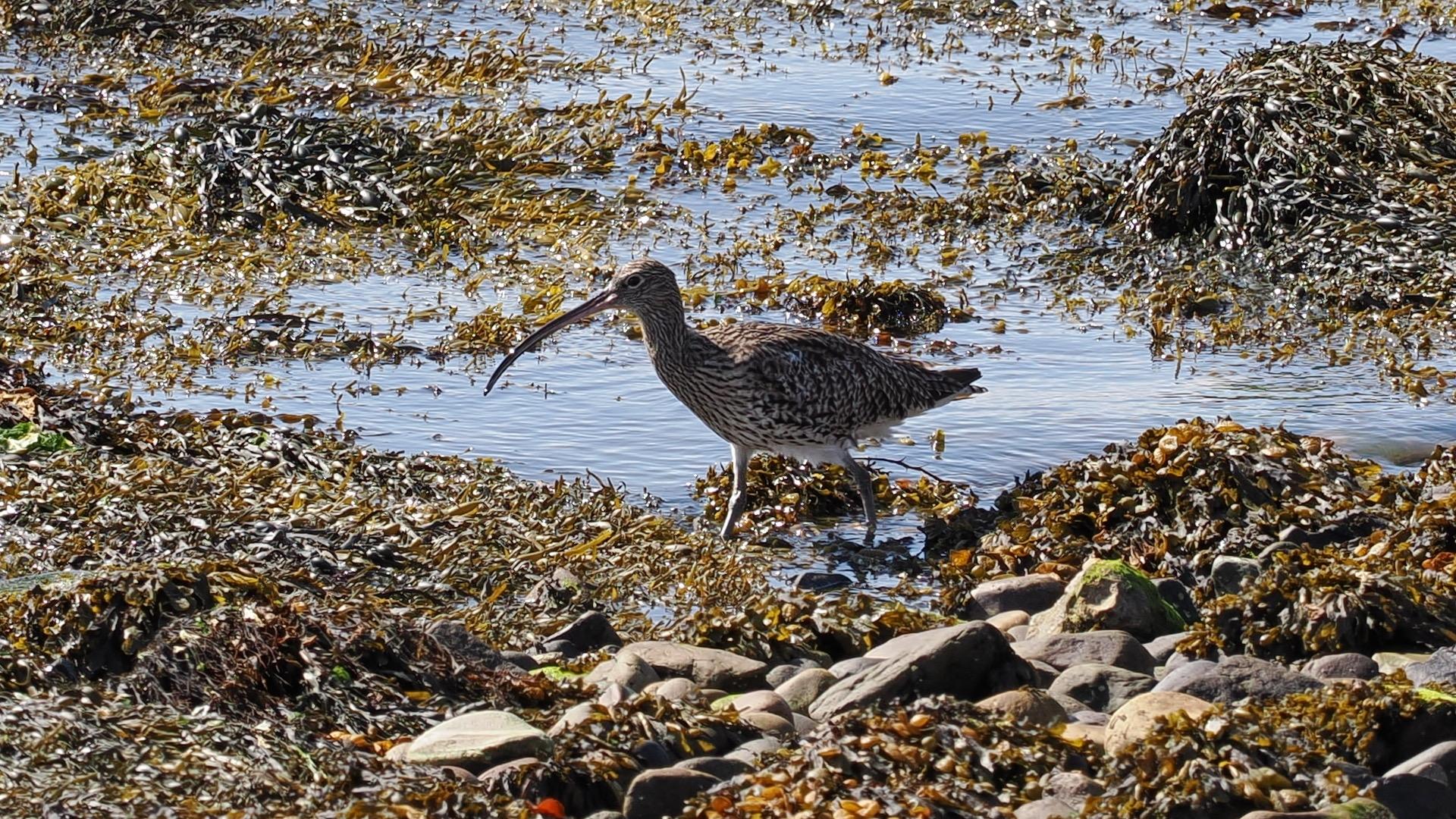
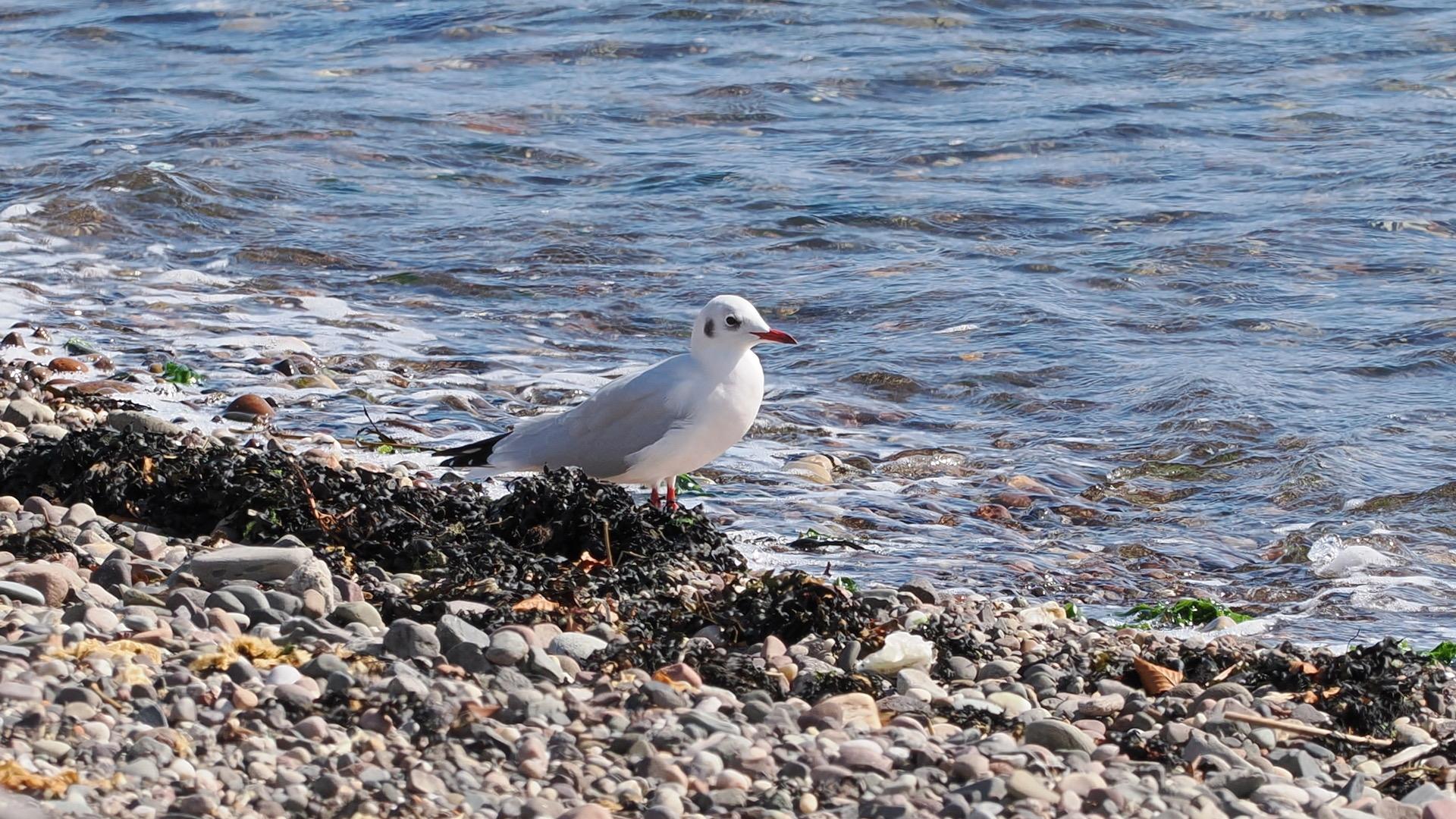
last year at this time it was dark overcast which makes for a noisy photo but is good for capturing the flash of iridescence
#BirdsOfMastodon#Photography#BirdPhotography#Bird#Hummingbird#Nature #Outdoors #Backyard
Yellow in the Undergrowth
Here’s a scarlet tanager (Piranga olivacea)—female, I believe. I captured this image years ago while she lingered in an oak tree just beyond my fence. It was the first time I’d photographed one, and I remember thinking: maybe I’ll see a male someday. Who knows.
If you’re captivated by indigo buntings and other members of the Cardinalidae family—better known as the cardinal family—step into my photo gallery for a visual feast. Come take a look:
https://swede1952-photographs.pixels.com
#photo #photography #photographer #photographylovers #wildlife#nature #bird #birds #birding #birdwatching #birdphotography#ScarletTanager
City Royals
Here’s one for the pigeon lovers. These two rock pigeons—Columba livia, if you’re feeling scientific—are regulars in my backyard. I call them officers of the pigeon battalion, part of the morning flock that descends on my bird feeders with military precision. If you look closely, you’ll see what I call epaulets on their shoulders—markings that suggest rank, or at least attitude.
The pigeon in the foreground is easy to spot. He’s got a grizzle effect in his plumage, a genetic quirk that gives him those distinctive white patches. Like camouflage, but for a bird who doesn’t bother hiding.
I used to try discouraging their visits. They’d clean out the seed before the songbirds even got a chance. But nothing worked. So I went with the old saying: If you can’t beat them, join them. Now I just salute and let the battalion do its rounds.
If you're a fan of stunning dove imagery, be sure to explore my photo gallery for a collection of beautiful snapshots that capture their elegance and charm.
https://swede1952-photographs.pixels.com
#photo #photography #photographer #photographylovers #wildlife#nature #bird #birds #birding #birdwatching #birdphotography #dove #pigeon#RockPigeons#RockDoves
Australasian Swamphen / Purple Swamphen
Healesville Sanctuary, Healesville, Victoria, Australia
Bird of the Day — Black-throated Green Warbler, Kansas, yesterday
#Birds#NaturePhotography#Nature#Wildlife#NatureCommunity#Photography#BirdPhotography#BirdWatching#Migration#Warbler#FlyoverCountry
Haubenlerche - Crested Lark - Galerida cristata
Die Haubenlerche gilt in der Schweiz leider als ausgestorben und in Mitteleuropa ist sie stark in Bedrängnis. In Süd- und Osteuropa ist die Population dafür recht gross und noch stabil. Ausschlaggebend dafür ist das Nahrungsangebot und als Bodenbrüter geeignete Nisthabitate zu finden.
Unfortunately, the crested lark is considered extinct in Switzerland and is severely endangered in Central Europe. In Southern and Eastern Europe, however, the population is quite large and still stable. The decisive factors for this are the availability of food and suitable nesting habitats for ground-nesting birds.
📍#Extremadura#Spain
#fotografie #natur #naturfotografie
#vögel #vogelfotografie
#photography #nature #naturephotography
#birds #birdphotography
#Haubenlerche#CrestedLark
Screaming Tricolor Heron
Photo of the Day
from my daily photo blog
#POTD
#Birds#photography #wildphotography #birdphotography#WildlifePhotography#Wildlife #Heron
Aigrette garzette sur un lac de mercure (enfin, c’est ce à quoi ça ressemble 😅)
#Photography#Bird#Nature#Birds#BirdPhotography#BirdOfTheDay#UnJourUnePhoto#EgrettaGarzetta#LittleEgret#CoteDAzur
Aigrette garzette sur un lac de mercure (enfin, c’est ce à quoi ça ressemble 😅)
#Photography#Bird#Nature#Birds#BirdPhotography#BirdOfTheDay#UnJourUnePhoto#EgrettaGarzetta#LittleEgret#CoteDAzur
Another puffin portrait. Proudly showing off their catch. #puffin #birds#Iceland#Vestmannaeyjar #birdphotography #wildlife #wildlifephotography #nature #naturephotography #travel #travelphotography #photography #pixelfed #fediverse
Female king parrot | Alisterus scapularis
Friendly visitor to the yard late yesterday arvo.
#Australia#Canberra #spring #september #birds #photography#BirdPhotography#WildlifePhotography#NatureLovers#BirdingAdventures#Ornithology #parrot #bird
An Oystercatcher sporting a pair of Seaweed shoes.
Helsford, Cornwall
#nature #birds#Wildlife #photography#NaturePhotography#BirdPhotography#BirdsOfMastodon#UK#BirdScrolling
Bird of the Day — Red-breasted Nuthatch, Kansas 2016
#Birds#NaturePhotography#Nature#Wildlife#NatureCommunity#Photography#BirdPhotography#BirdWatching#Migration#FlyoverCountry
Masked and Still
I’ve been posting a lot of photos of Carolina chickadees (Poecile carolinensis) lately—there’s no shortage of them around here this year. It’s fascinating to watch them dart in and out of the forest, like punctuation marks in motion.
Step into a world where even the smallest moments—like the glint in a bird's eye—tell their own story.
https://swede1952-photographs.pixels.com
#photo #photography #photographer #photographylovers #wildlife#nature #bird #birds #birding #birdwatching #birdphotography#CarolinaChickadee
Just a couple of adorable puffins. So excited to see them in September! #puffins#Vestmannaeyjar #iceland #birds #birdphotography #wildlife #wildlifephotography #nature #naturephotography #travel #travelphotography #photography #pixelfed #fediverse
Camera: Canon 700D
Lens: Tamron 28-105mm f/4-5.6 (179D)
#photography #bird #wildlife #nature #naturephotography #birdphotography
